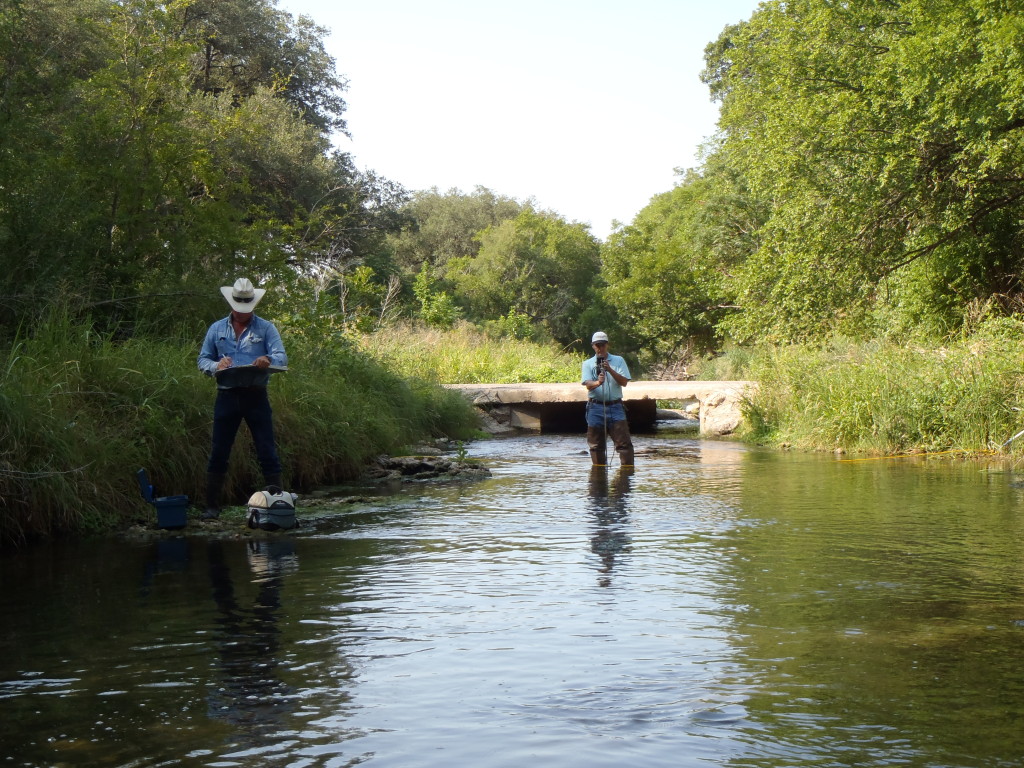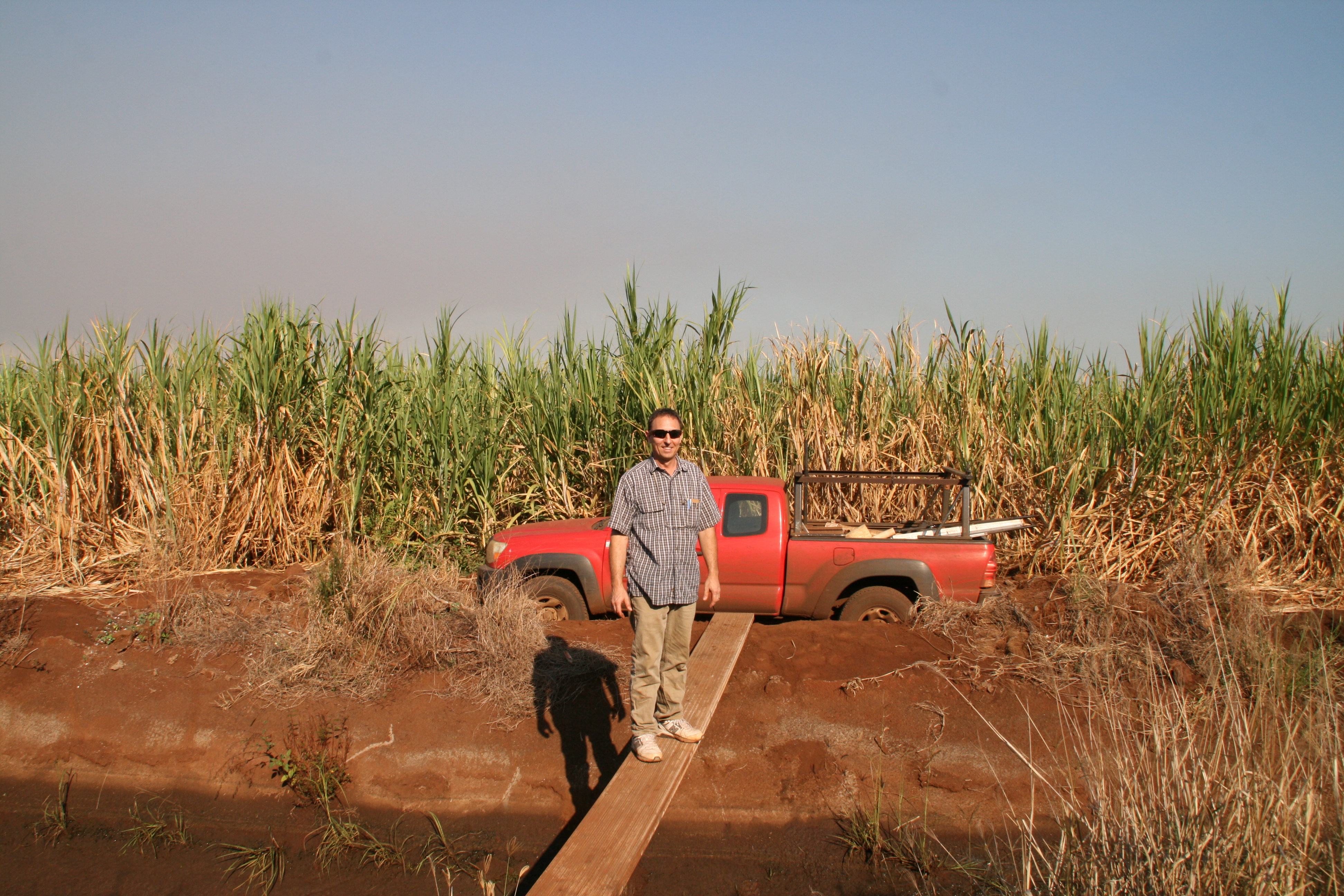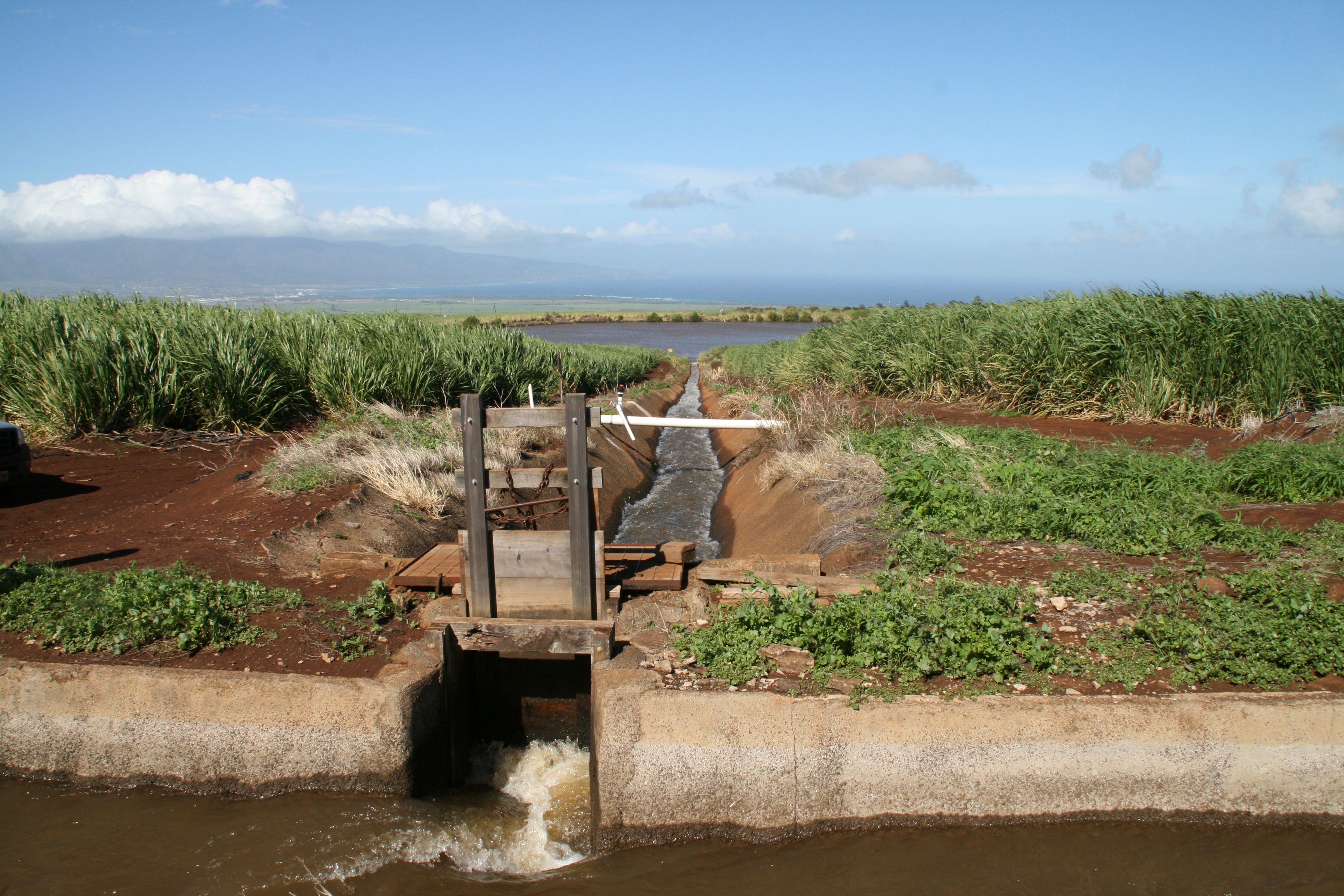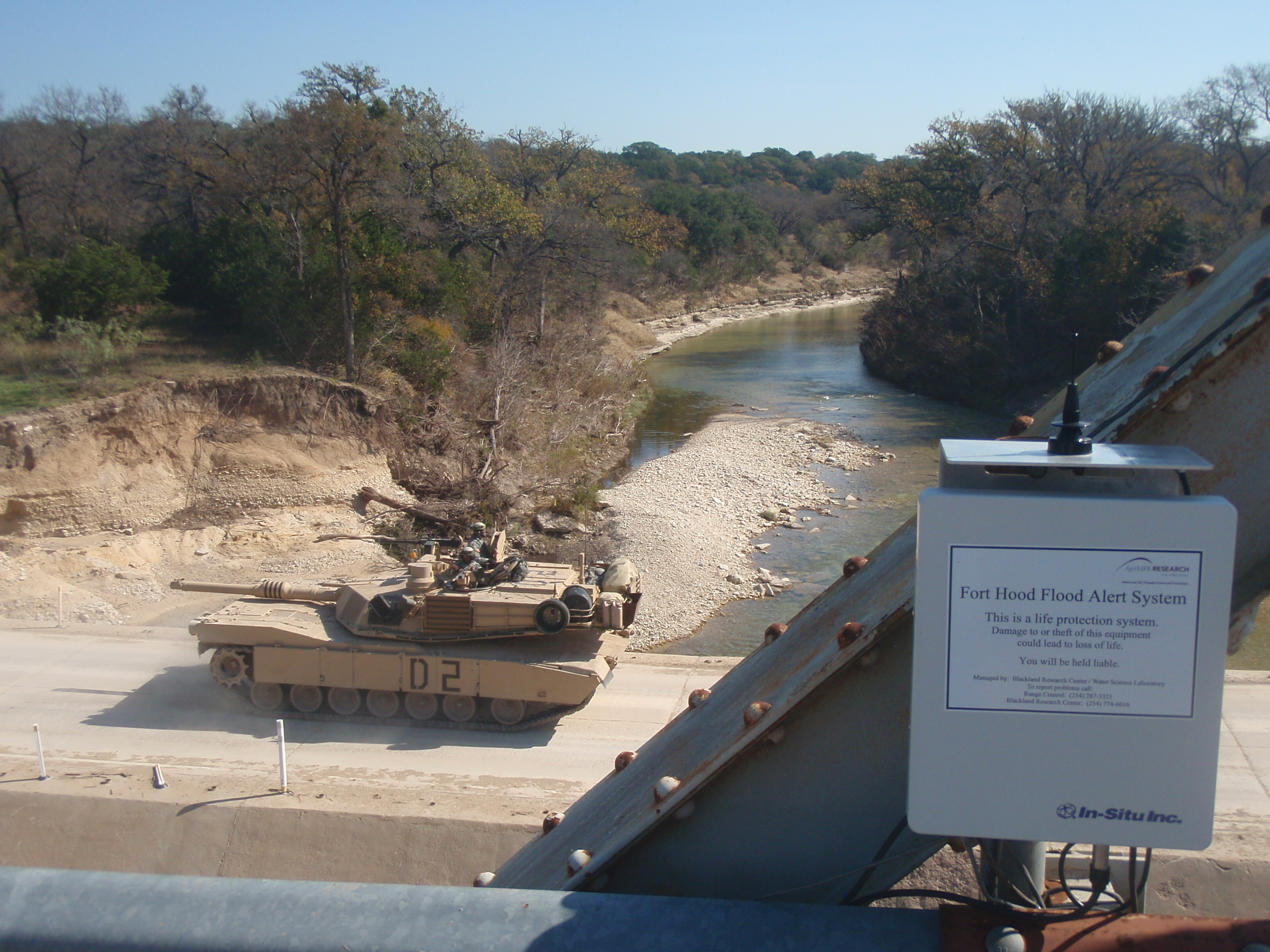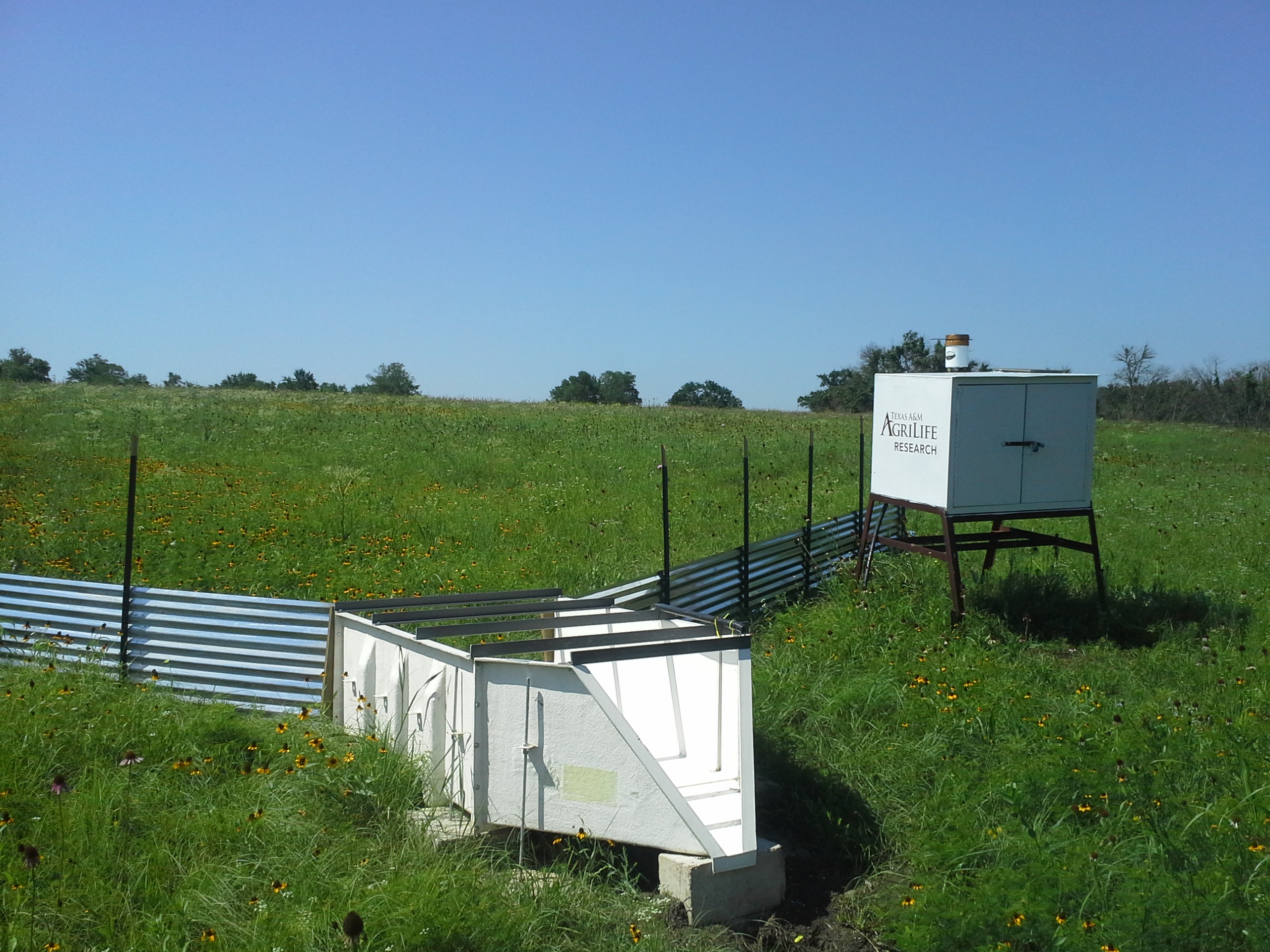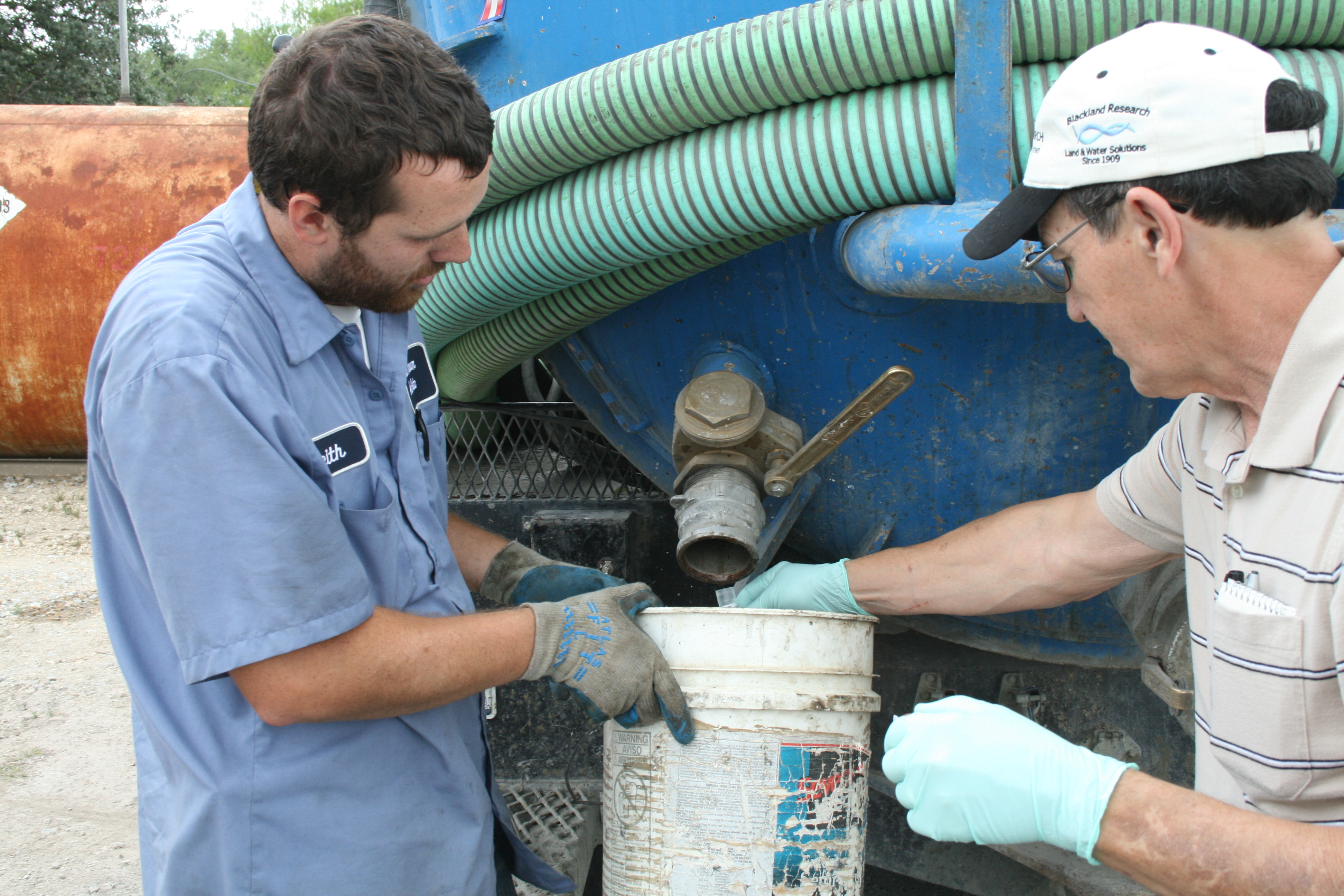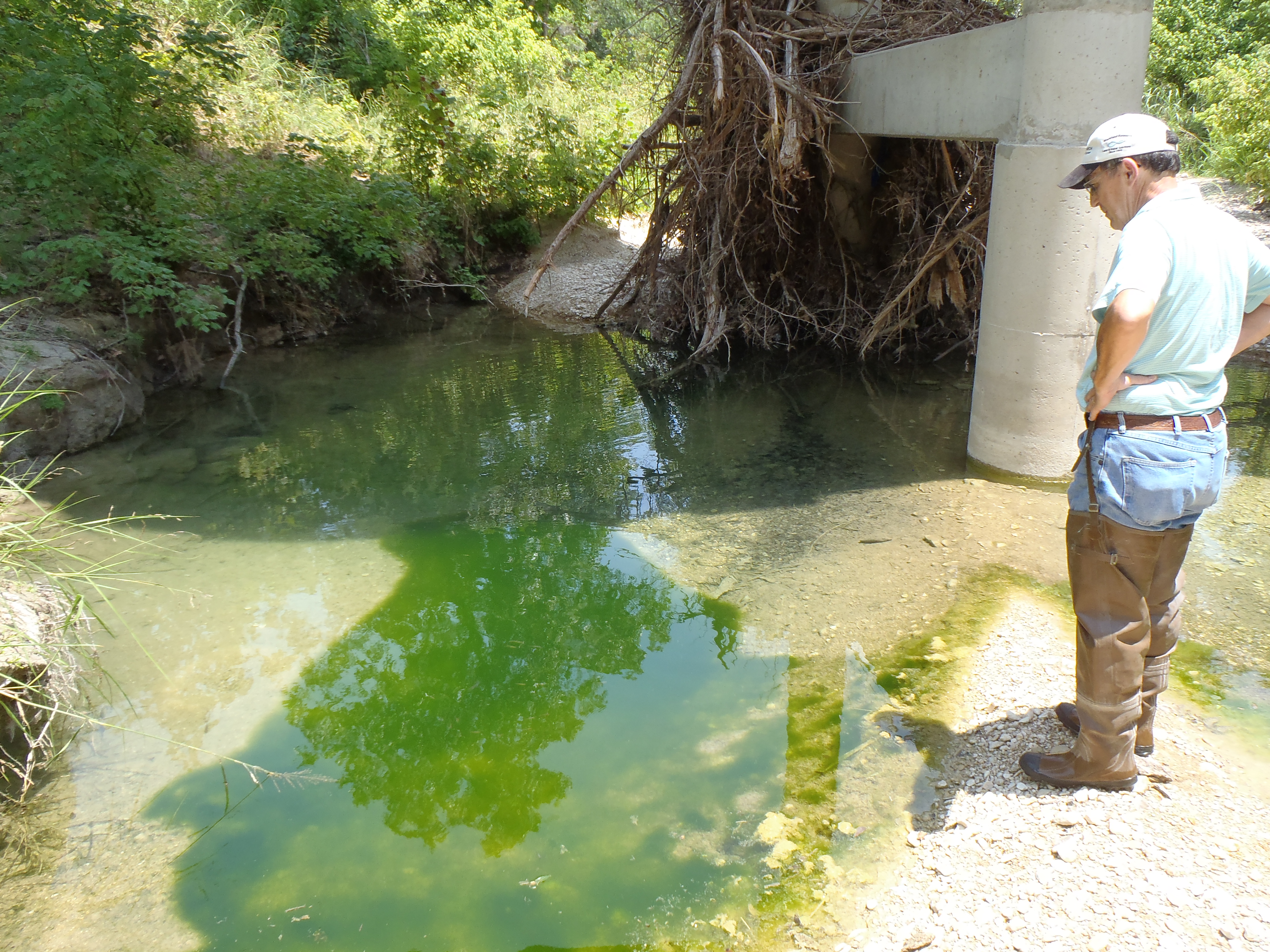Research / Water Science Laboratory
The Water Science Laboratory (WSL) at Blackland Research and Extension Center develops and applies new technologies to improve water management systems through fundamental and applied research. Water quality and quantity measurements are used as surrogates to determine land conditions, trends, and management effects. Agricultural, municipal, industrial, and private users all compete for limited water resources. As populations grow and water sources shrink, addressing how water resources are developed and protected exerts dramatic environmental and economic consequences. Detrimental effects must be minimized through efficiency and innovation in order to provide both water quality and quantity for future generations. The current WSL director, Dr. June Wolfe, has been with the facility since it was established in 1991.
The WSL provides technical service and expertise using analytical methods to quantify suspended sediment, soluble reactive nutrients, and biota in freshwater environments. We specialize in field assessments utilizing continuous monitoring with automated instrumentation and telemetry. The lab owns more than $250K of field and analytical equipment which is maintained and operated by two full-time technical staff. Field instrumentation includes: basic surveying equipment, standard multi-parameter water sondes, and several acoustic Doppler flow meters. Laboratory qualification and quantification is accomplished using standard chemical analyses, ion chromatography, gravimetric analysis, and biotic culture methods. Large scale water resource assessment simulations are conducted using the Soil and Water Analysis Tool (SWAT), Agricultural Policy Extender (APEX), and other computer models.
The lab supports students with an interest in water-related research. Training new scientists for tomorrow’s critical water issues is a major goal of the WSL.
Projects:
- Fort Cavazos Flood Warning Program
- Bacteria Source Tracking
- Belton Low Flow
- Clymer Meadow
- Hawaii Irrigation
- Wastewater Microbiology
Laboratory Goals:
- Provide guidance toward water resource protection
- Develop efficient and sustainable water resource management strategies
- Improve and apply technical expertise in water resource research
- Train future scientists in laboratory methods and data analyses
- Educate society regarding water resource issues
Methods:
- Basic field monitoring
- Laboratory evaluation
- Analytical assessment
- Outreach and education
Aquatic ecosystems are closely coupled to their surroundings and represent a major component of the “watershed landscape”. Pollutants of greatest concern include: eroded sediments, nutrients, pathogens, pesticides, heavy metals, organics, and pharmaceuticals. The WSL conducts basic monitoring to provide information on the condition of surface and ground water supplies in relation to specific human activities. Water quality measurements are used as surrogates for examining trends and emerging problems associated with human activity.


